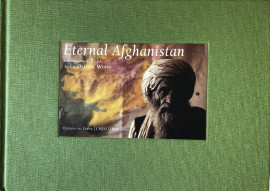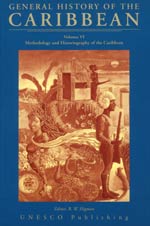DL Services SPRL
Rue Vanderborght 24
1081 Brussels Belgium
info@dl-servi.com
General History of the Caribbean Volume II: New Societies: The Caribbean in the Long Sixteenth Century
Available
Volume II: New Societies: The Caribbean in the Long Sixteenth Century
This six-volume UNESCO History of the Caribbean attempts to integrate the historical experience of its peoples and societies from the earliest times to the present.This volume studies the evolution of Caribbean societies between 1492 y 1650 through the intrusion of Europeans and Africans.
Edited by P. C. Emmer
Co-editor: German Carrera Damas
Multiple History series
Book, 344 pages, illustrations, figures, maps
Format: 23.5 x 15.7 cm (paperback)
1999
Génération de facture pro forma disponible dans le panier.
This six-volume UNESCO History of the Caribbean attempts to integrate the historical experience of its peoples and societies from the earliest times to the present. The work provides a comprehensive history, centered on the people and the landscape, written as much as was possible by Caribbean historians. It gives an account of what was common to all as well as what was peculiar to some, and affirms the cultural identity of the region.
The choice of themes has been determined, in part, by the decision to write a history of the region which is more than the sum of narratives of the islands and the lands adjacent and, in part, to avoid the whole work being dominated by the experiences common to the entire region through the primacy of sugar, slavery and the consequent military and political presence of the European powers. Space was found for peoples, societies, cultures and activities, less important than sugar and slavery, but significant enough to have left their mark on the contemporary culture of the Caribbean.
This volume studies the evolution of Caribbean societies between 1492 y 1650 through the intrusion of Europeans and Africans. It examines all the ingredients for creating new societies by conquest and occupation. It looks at the early mining and planting activities on the Spanish in Espaniola, the privateers and contraband traders from the other European countries, the plantation societies of the Lesser Antilles, the extinction of the indigenous population in the Greater Antilles, the wars against the Caribs, and the beginnings of the slave trade and slavery.
The volume, which includes maps and an extensive list of sources, also studies the environment and the effects of European settlement, the making of cities and of maps, and discusses the intellectual, artistic and ideological cultures of people settling in a new world.


















